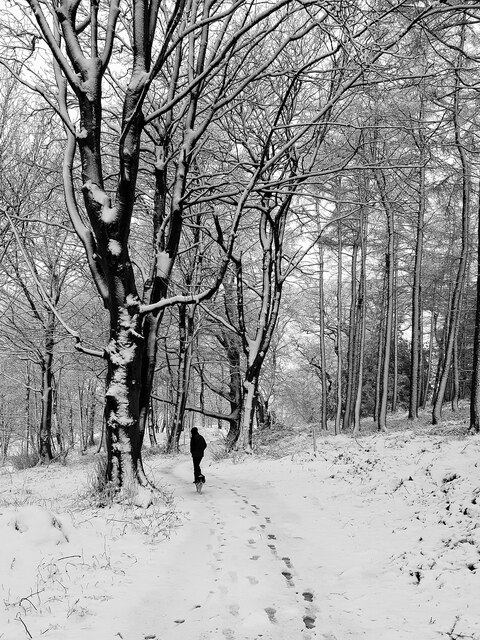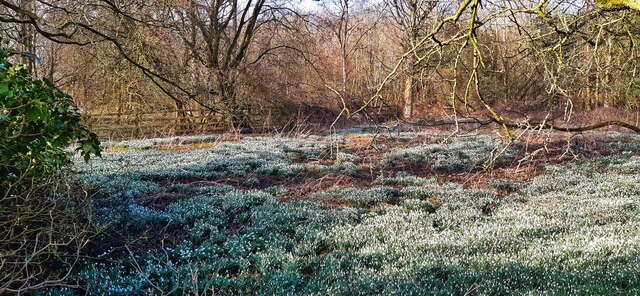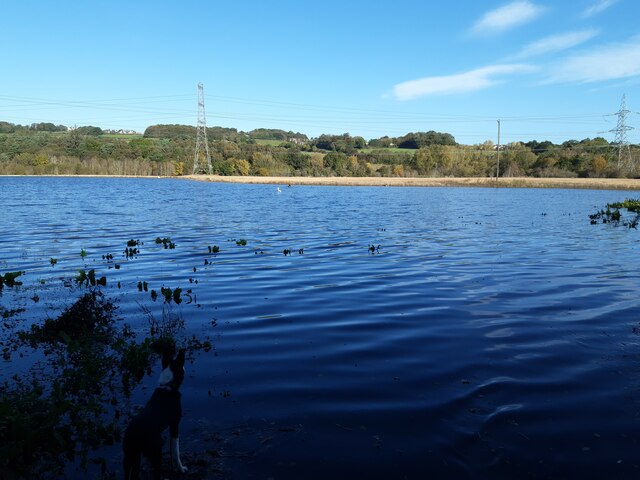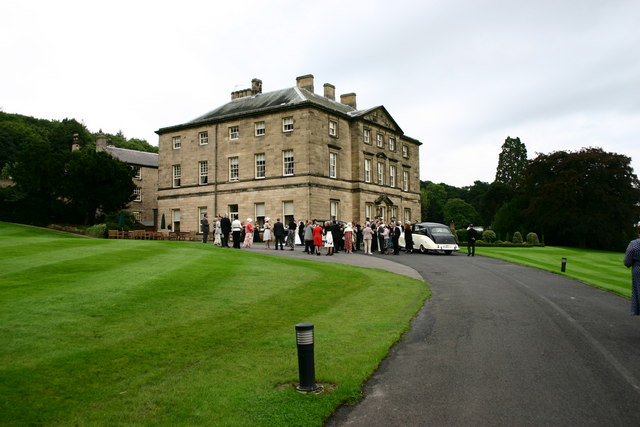Bog Wood
Wood, Forest in Durham
England
Bog Wood

Bog Wood, located in Durham, England, is a unique and enchanting forest known for its ancient and preserved woodlands. Situated in the heart of the Durham Dales, this picturesque area covers a vast expanse of approximately 200 hectares.
The forest gets its name from the presence of peat bogs, which are a defining feature of the landscape. These bogs have formed over thousands of years and are home to a diverse range of plant and animal species. The wet conditions of the bogs create a specialized habitat that supports rare and delicate flora, including sphagnum mosses and carnivorous plants such as sundews and butterworts.
The woodland itself is dominated by dense stands of oak, birch, and rowan trees, which provide shelter and food for a variety of wildlife. Visitors to Bog Wood may be lucky enough to spot red squirrels, roe deer, and a variety of bird species, including the elusive nightjar.
The forest is crisscrossed by a network of walking trails, allowing visitors to explore its natural wonders at their own pace. These trails offer stunning views of the surrounding countryside, with rolling hills and meandering streams adding to the area's charm.
Bog Wood is not only a haven for nature enthusiasts but also a valuable site for scientific research and conservation efforts. Its unique ecosystem provides insights into the region's ecological history and has led to the protection and preservation of this extraordinary woodland for future generations to enjoy.
If you have any feedback on the listing, please let us know in the comments section below.
Bog Wood Images
Images are sourced within 2km of 54.978015/-1.7910183 or Grid Reference NZ1364. Thanks to Geograph Open Source API. All images are credited.





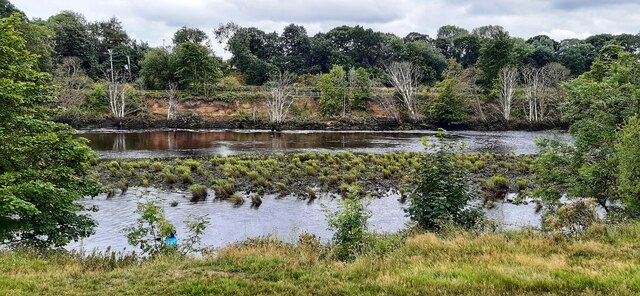
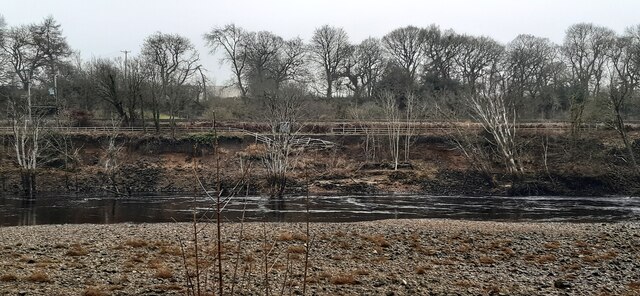
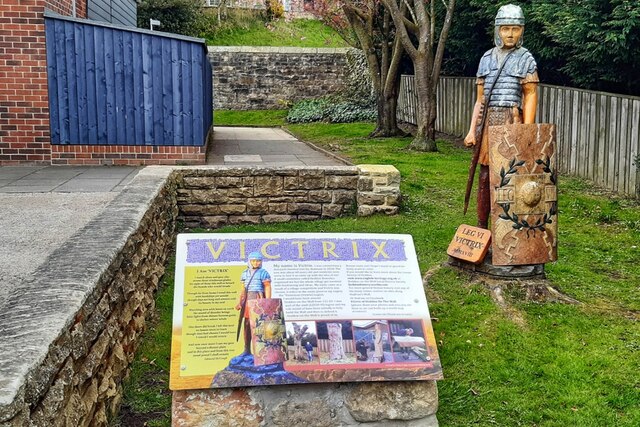
Bog Wood is located at Grid Ref: NZ1364 (Lat: 54.978015, Lng: -1.7910183)
Unitary Authority: Gateshead
Police Authority: Northumbria
What 3 Words
///pass.reds.glitz. Near Wylam, Northumberland
Nearby Locations
Related Wikis
Clara Vale
Clara Vale is a village situated on the south bank of the River Tyne in Tyne and Wear, England. Once an independent village in County Durham it became...
Ryton & Crawcrook Albion F.C.
Ryton & Crawcrook Albion Football Club is a semi-professional English non-league football club from Crawcrook, near Ryton, Newcastle upon Tyne, in Tyne...
George Stephenson's Birthplace
George Stephenson's Birthplace is the 18th-century stone cottage home of rail pioneer George Stephenson. Located along the north bank of the River Tyne...
Heddon-on-the-Wall railway station
Heddon-on-the-Wall railway station served the village of Heddon-on-the-Wall, Northumberland, England from 1881 to 1958. == History == The station opened...
British Masters
The Betfred British Masters is a professional golf tournament. It was founded in 1946 as the Dunlop Masters and was held every year up to 2008, except...
Close House, Northumberland
Close House is a country estate near Heddon-on-the-Wall, Northumberland. The estate contains a Grade II* listed former mansion house, which is currently...
Crawcrook
Crawcrook is a semi-rural village close to the western border of the metropolitan county of Tyne and Wear in England. Traditionally an independent village...
Wylam railway station
Wylam is a railway station on the Tyne Valley Line, which runs between Newcastle and Carlisle via Hexham. The station, situated 9 miles 71 chains (9.89...
Nearby Amenities
Located within 500m of 54.978015,-1.7910183Have you been to Bog Wood?
Leave your review of Bog Wood below (or comments, questions and feedback).






